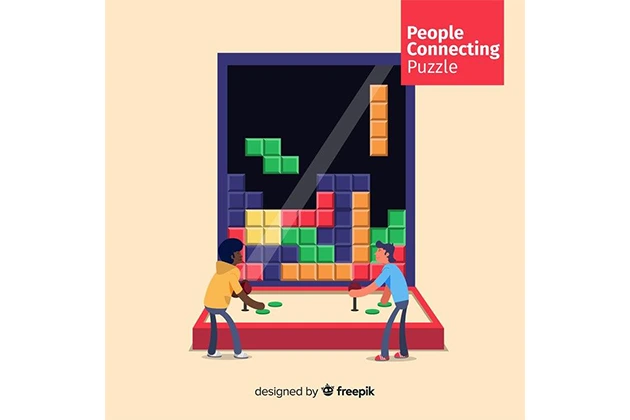Casual games are simple and great fun to play. They can hold your attention with help, mostly basic but engaging tasks. They can be played anytime, whether in a queue or relaxing after a stressful day. Quick levels and interesting tasks lure you, and you spend much more time before a game than initially planned.
The Appeal of Casual Games
Casual games are exceptionally well-thought-out and play right into grabbing the players’ attention immediately. They are easy to play, requiring no training or formalities before jumping in. You can open it and start playing within seconds, mastering the basics in minutes. This combination of simplicity and engaging challenges creates a perfect balance, drawing players back repeatedly.
These games have even penetrated the gambling world. Platforms like Melbet online betting often have a dedicated section for casual games, making them easy to access with just a few clicks. You can choose a simple game for beginners or a more complex one for experienced players. If it gets boring, there are always other genres to explore. All this makes the experience as comfortable and exciting as possible.
How Game Design Triggers Engagement
Video game designers know how to make plays irresistible to players at all times. Through successfully incorporating psychology with a good strategy, they design experiences that players cannot let go of. Some methods are so evident that the audience cannot even realize it; they are just that effective. Here’s how they do it:
- Reward Systems: Frequent rewards that encourage players to return daily.
- Leveling Mechanics: Every new level is enjoyable and adds enough complexity to make it fun.
- Timed Events: Customers must complete the given tasks as soon as possible because otherwise, they will miss the opportunity to gain bonuses.
-
Infusing fun element: Fun and casual wheel games like ‘Spin the Wheel’ are designed for NFL lovers to spin the wheel of NFL teams to pick the one on which the wheel stops and share them with others for mere engagement.
These components combine perfectly, and it becomes challenging to put the game down once you’ve begun. Oddly, this is where they maintain a player’s interest and continually bring them back through each level, reward, or event.
Puzzle Games as Brain Boosters
It is not so much that puzzle games are just a good time; they are a way to keep the brain active. Puzzles test memory, enhance concentration, and are suitable for the brain. Each level is a challenge to the knowledge and a chance to develop cognitive skills without noticing it.
Selecting a suitable puzzle game takes work since there are many of them in the market. To simplify it, you can discuss your favorite and ask for recommendations from like-minded players on the Melbet Facebook page. Now, let’s turn to the most frequently played types of puzzle games.
Match-3 Games
The main gameplay is based on schemes of the so-called match-3 – a combination of three or more identical items: colorful, beautiful, and combined with a healthy dose of the best strategic elements familiar to fans of Candy Crush. Every swipe and match is accompanied by the quickest influx of reward, a feeling of achievement, knowledge, and validation. The dynamic levels keep players alert, always expecting new changes in the pattern and barriers. Challenges are new and unique every time, so satisfaction comes in a cycle successfully in matching pieces.
They can also help hone the players’ quick thinking. Limited time or the number of turns makes players think much before making decisions. This combination of good looks and thinking has made Match-3 games one of the casual industry favorites, delighting millions of players around the globe.
Logic and Number Games
Sudoku and other number games—as well as any puzzle—directly appeal to problem-solving. They provide players with an opportunity to exercise their brains when they are faced with such problems because their solutions require good thinking. This progression is achieved by increasing the difficulty of the puzzles generated with the increase in a player’s level, thereby providing for good skill development among the players.
In these, patience and mental discipline are developed. A puzzle provides a sense of achievement, and as players solve a whole series of tasks, they witness a visual representation of their work. This is why satisfaction combined with gradual progress makes logic games so fascinating.
Endless Runners and Platformers
Death chasers and platformers are strictly for reaction, timing, and accuracy, all within real-time gameplay. Temple Run and Subway Surfers engross audiences with much simpler controls and shorter stages, making audiences run for records and achievements. Every session is like running a race, putting players under pressure to be quick and attentive because the obstacles and speed rise. This genre feeds on the “just one more try” promise, which is a promise that each try is the one that will make a record.
Endless runners allow players to experience exciting movement and dynamism in their splendid views and constantly changing routes. They are simple and can be played by anyone; there is no learning curve, as with most other games. That is why runners are considered one of the most captivating forms. The joy of which is in escaping from each new obstacle. So play, improve and have fun!











